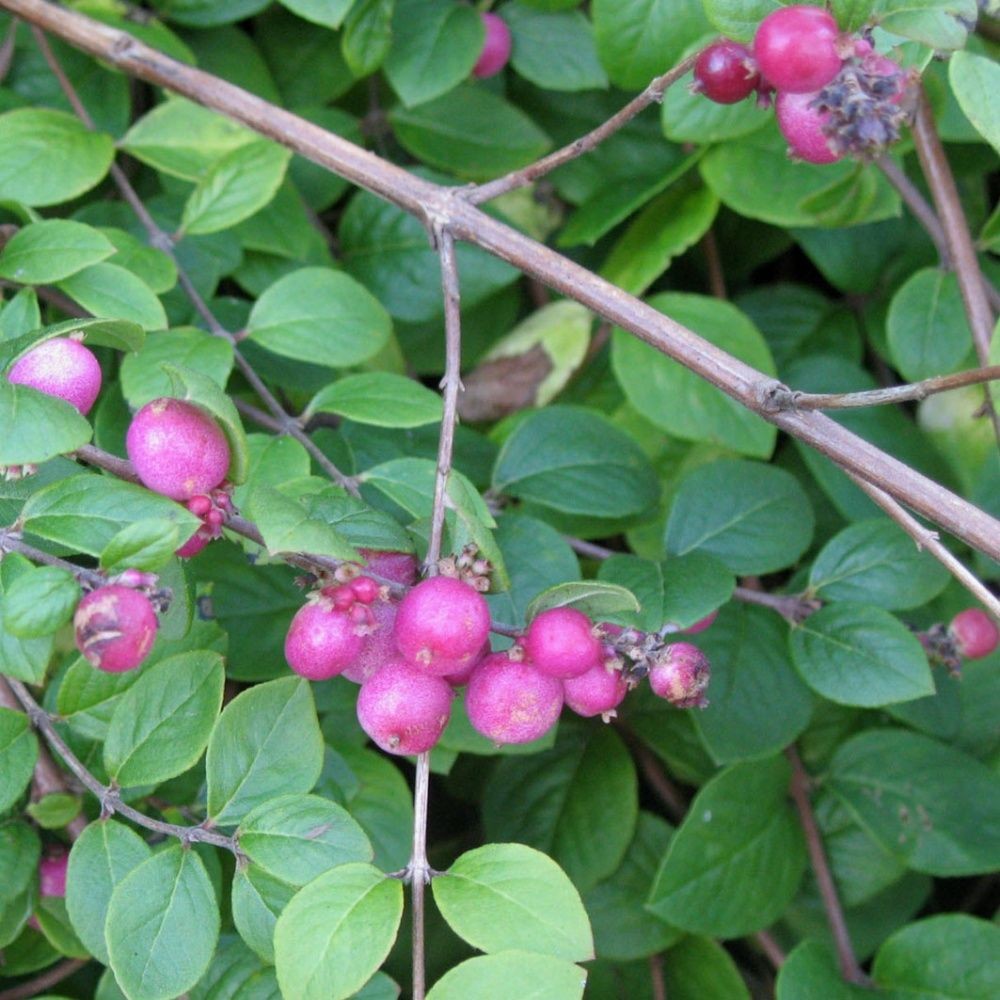
Symphoricarpos chenaultii 'Hancock' Tujabolt dís
Symphoricarpos × chenaultii, commonly known as chenault coralberry, typically matures to 3-6' tall. It is a suckering shrub with arching stems and a procumbent growth habit. Parents are S. microphyllus and S. orbiculatus. Elliptic to broad-ovate dark green leaves (to 1.5" long) have downy undersides. Bell-shaped pink or white flowers in.

Symphoricarpos Chenaultii Hancock 6090cm (23Ft) Bare Root Coralberry Hedges Plants from
Symphoricarpos × chenaultii, commonly known as chenault coralberry, typically matures to 3-6' tall. It is a suckering shrub with arching stems and a procumbent growth habit.. 'Hancock' is a dwarf procumbent cultivar which rarely exceeds 20" in height, but will spread, often profusely over time, to as much as 8-12' wide. It was.
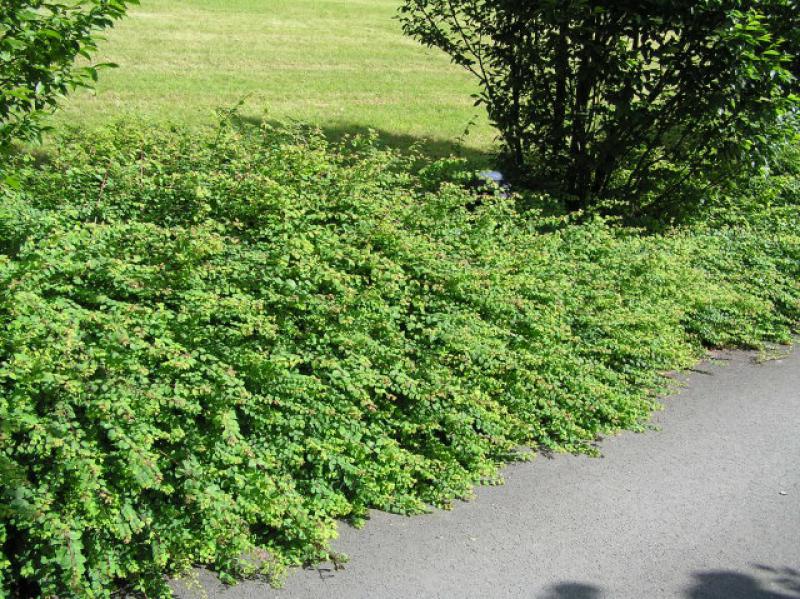
Niedrige Purpurbeere, Symphoricarpos chenaultii Hancock, direkt von der Baumschule Eggert bestellen!
Noted for its excellent ability to cover ground and smother weeds, Symphoricarpos x chenaultii 'Hancock' (Snowberry) is a low, spreading, deciduous shrub with arching, rooting branches that is amazingly adaptable and undemanding. In late summer, a profusion of small, bell-shaped, pink flowers are borne at the tips of the branches.
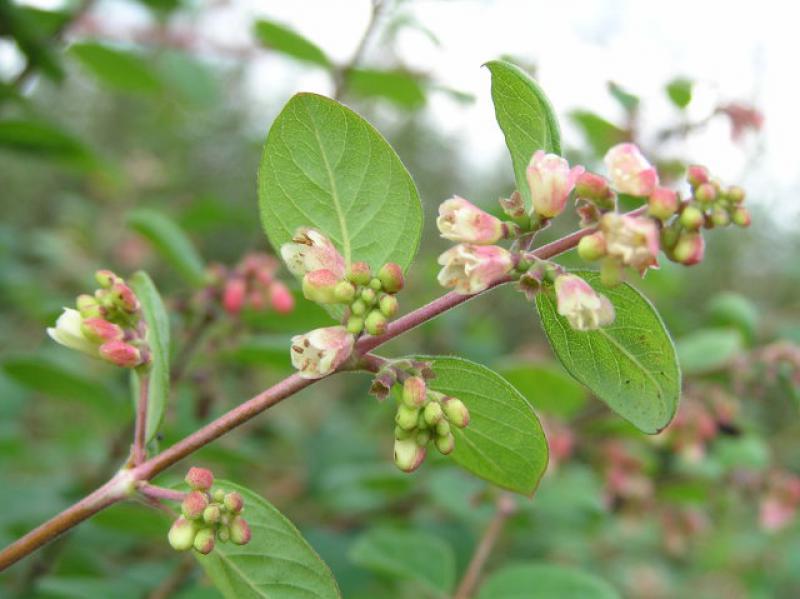
Niedrige Purpurbeere, Symphoricarpos chenaultii Hancock, direkt von der Baumschule Eggert bestellen!
Chenault coralberry is an undemanding workhorse. This 2-foot-tall shrub spreads about 10 feet without causing any trouble. It does an excellent job of covering ground and smothering weeds while eliminating erosion. In late summer, small pink flowers appear and are followed by rosy red fruit. Noteworthy Characteristics Low, spreading habit.
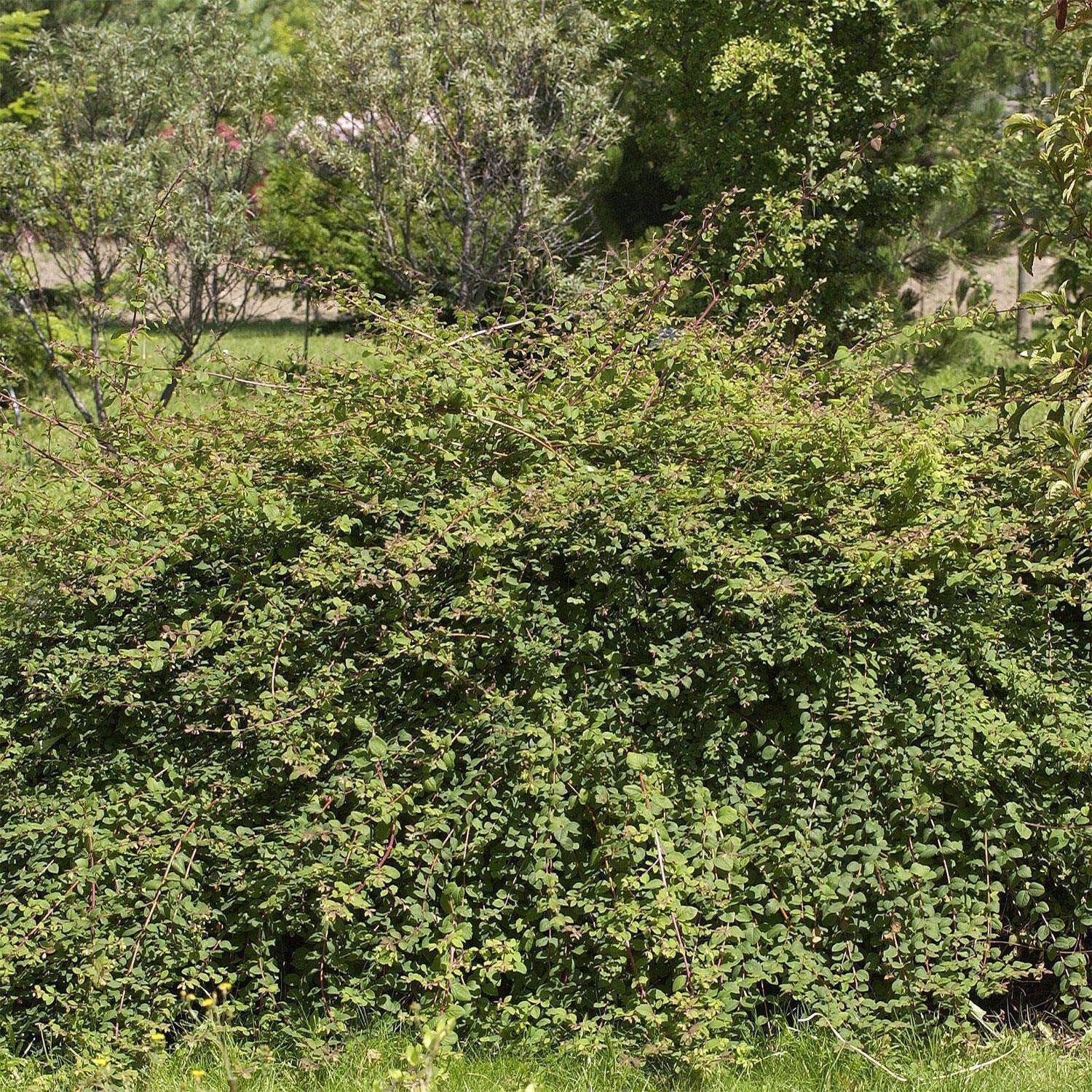
Symphoricarpos chenaultii 'Hancock' (Niedrige Purpurbeere
Hancock Coralberry will grow to be about 24 inches tall at maturity, with a spread of 8 feet. It tends to fill out right to the ground and therefore doesn't necessarily require facer plants in front. It grows at a medium rate, and under ideal conditions can be expected to live for approximately 20 years.

SYMPHORICARPOS chenaultii Hancock / SYMPHORINE HANCOCK
Chenault Coralberry Bush (Symphoricarpos x chenaultii 'Hancock') - 1 Gallon Pot; Adored for its highly ornamental berries, the Chenault Coralberry is an amazingly adaptable North American native deciduous flowering shrub anyone in USDA Zones 4 to 7 can easily grow and enjoy. We hear some folks in zone 8 are having success with it in shade.

Symphoricarpos Chenaultii 'Hancock' Sneeuwbes 3040 cm pot
Symphoricarpos X chenaultii 'Hancock' These deciduous shrubs are native to woodlands and prairies of western China and North and Central America. They are most known for their persistent, opaque berries. The flowers are attractive to bees and the berries attract birds.
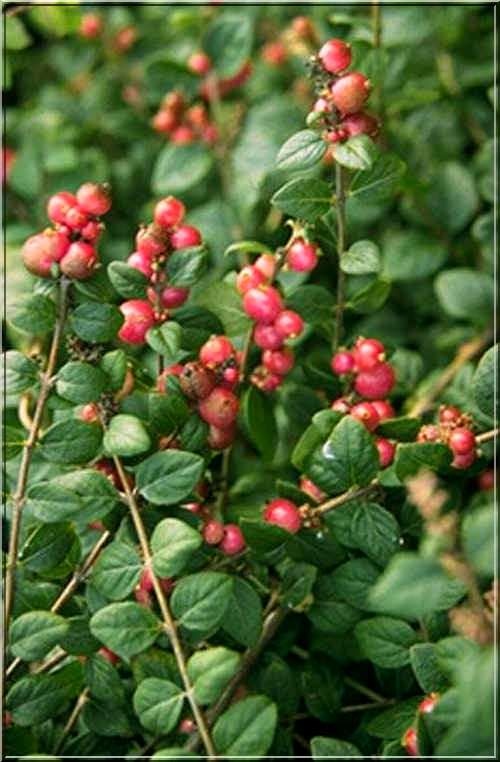
Symphoricarpos chenaultii Hancock Śnieguliczka chenaulta Hancock FOTO sklep
Hancock Coralberry (Symphoricarpos x chenaultii 'Hancock'): Skip to main content Toggle Menu. Plan a Visit Membership. Symphoricarpos x chenaultii 'Hancock' Back to Plant Finder . Symphoricarpos x chenaultii 'Hancock' View Plant Photos Locate. 42.14714432, -87.78788757.

Symphoricarpos x chenaultii 'Hancock' Sneeuwbes 5060 cm in pot
Symphoricarpos parviflorus conglomeratus Chenault. × Symphoricarpos chenaultii Rehder. Symphoricarpos × chenaultii, the Chenault coralberry, [2] is a nothospecies (hybrid) group of shrubs in the honeysuckle family. It was grown in France in 1912 as a hybrid S. microphyllus × S. orbiculatus. [1] [3]
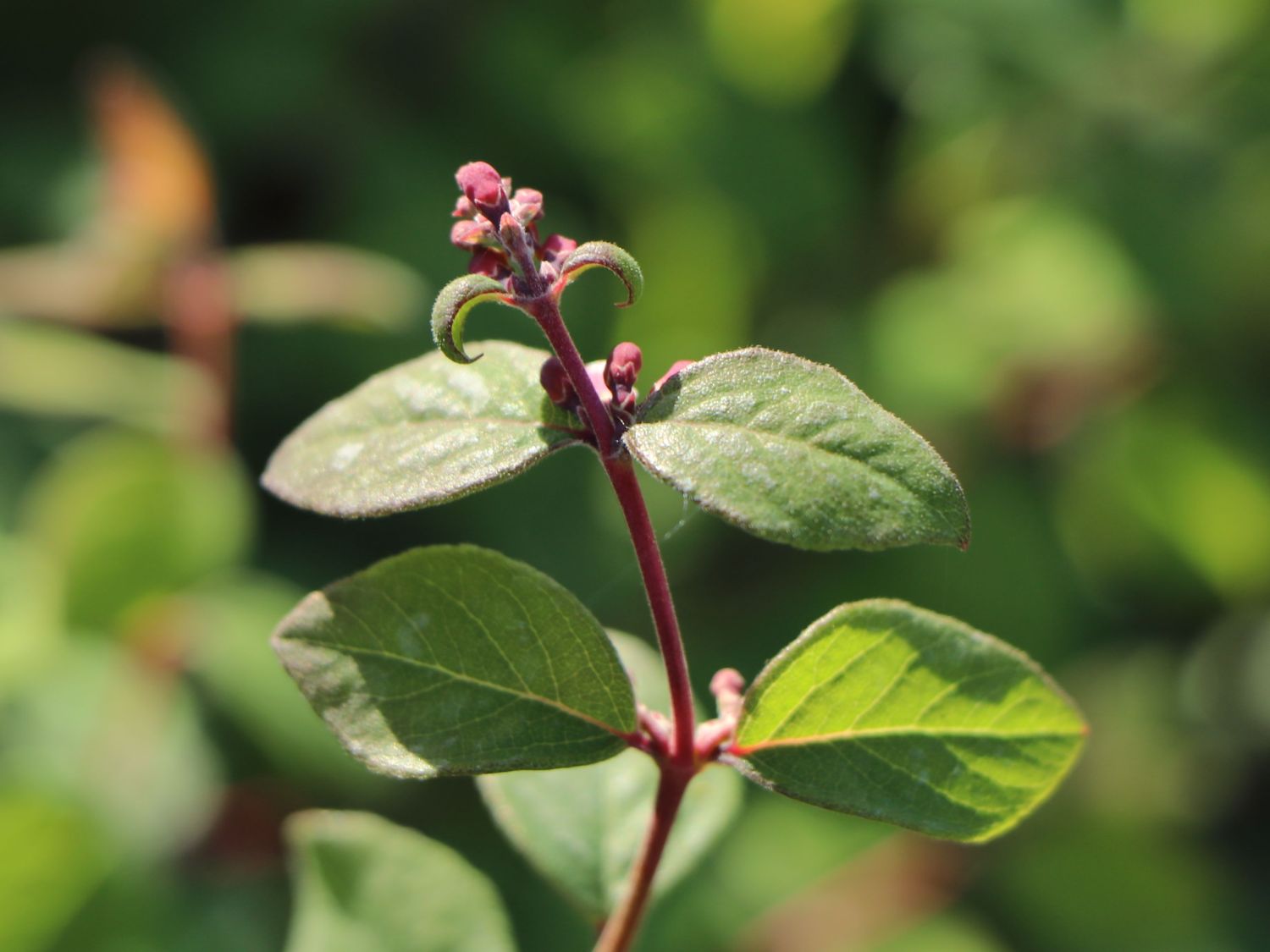
Niedrige Purpurbeere 'Hancock' Symphoricarpos chenaultii 'Hancock' Baumschule Horstmann
Hancock™ Chenault's Coralberry (Symphoricarpos x chenaultii 'Hancock'): A low-growing, spreading shrub maturing at 24 inches high and 8 feet wide. Pink bell-shaped flowers and rose-pink berries. Amethyst™ Kordes Doorenbos Snowberry (Symphoricarpos x doorenbosii 'Kordes'):
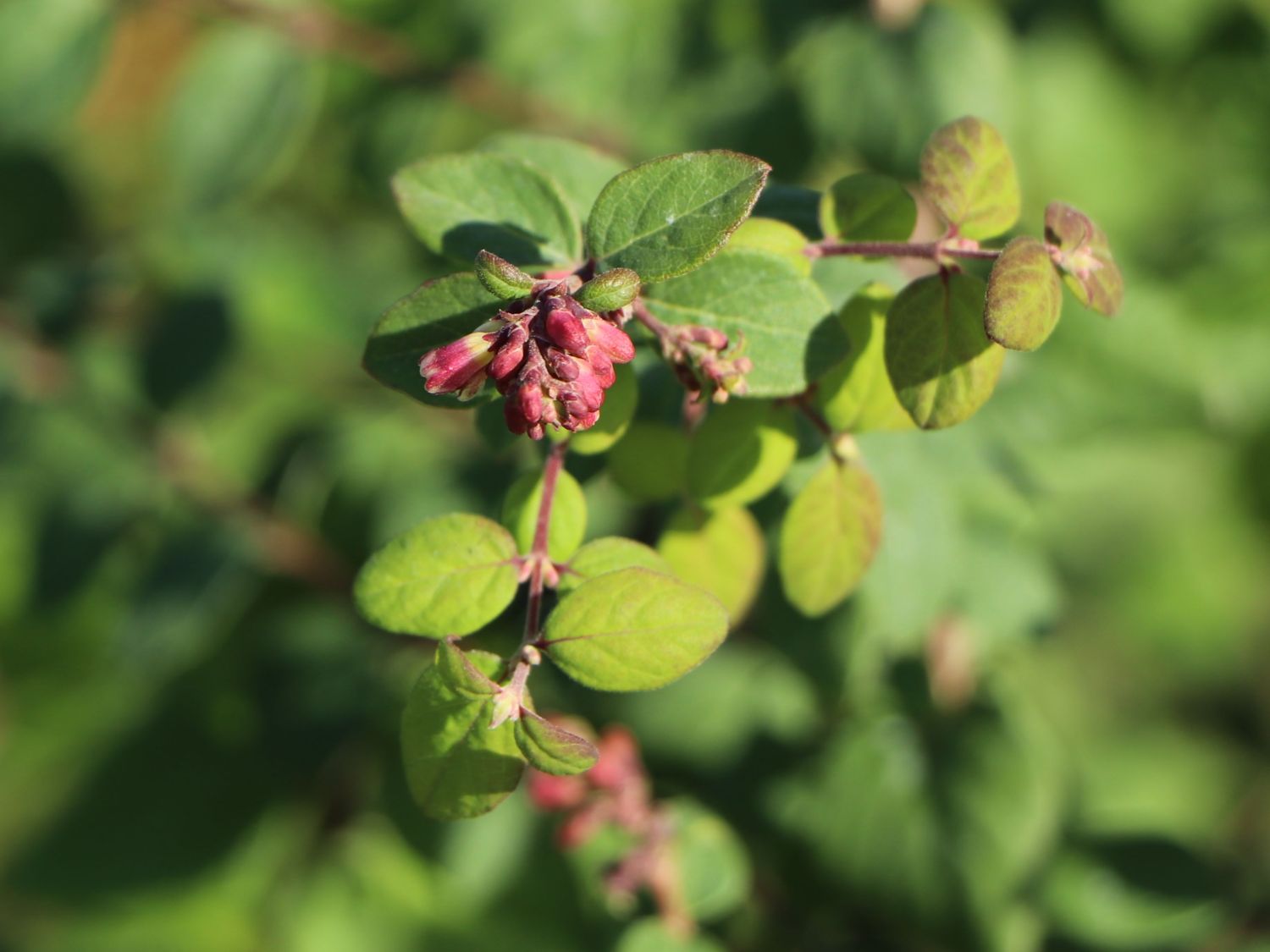
Niedrige Purpurbeere 'Hancock' Symphoricarpos chenaultii 'Hancock' Baumschule Horstmann
This Hancock Coralberry is a cultivar selected about 1940 from Hancock Nurseries in Cookville, Ontario, Canada. The mother plant is a hybrid cross between the Indiancurrant Coralberry (Symphoricarpos orbiculatus) x the Small-leaved Coralberry (Symphoricarpos microphyllus), that is called the Chenault Coralberry (Symphoricarpos x chenaultii).
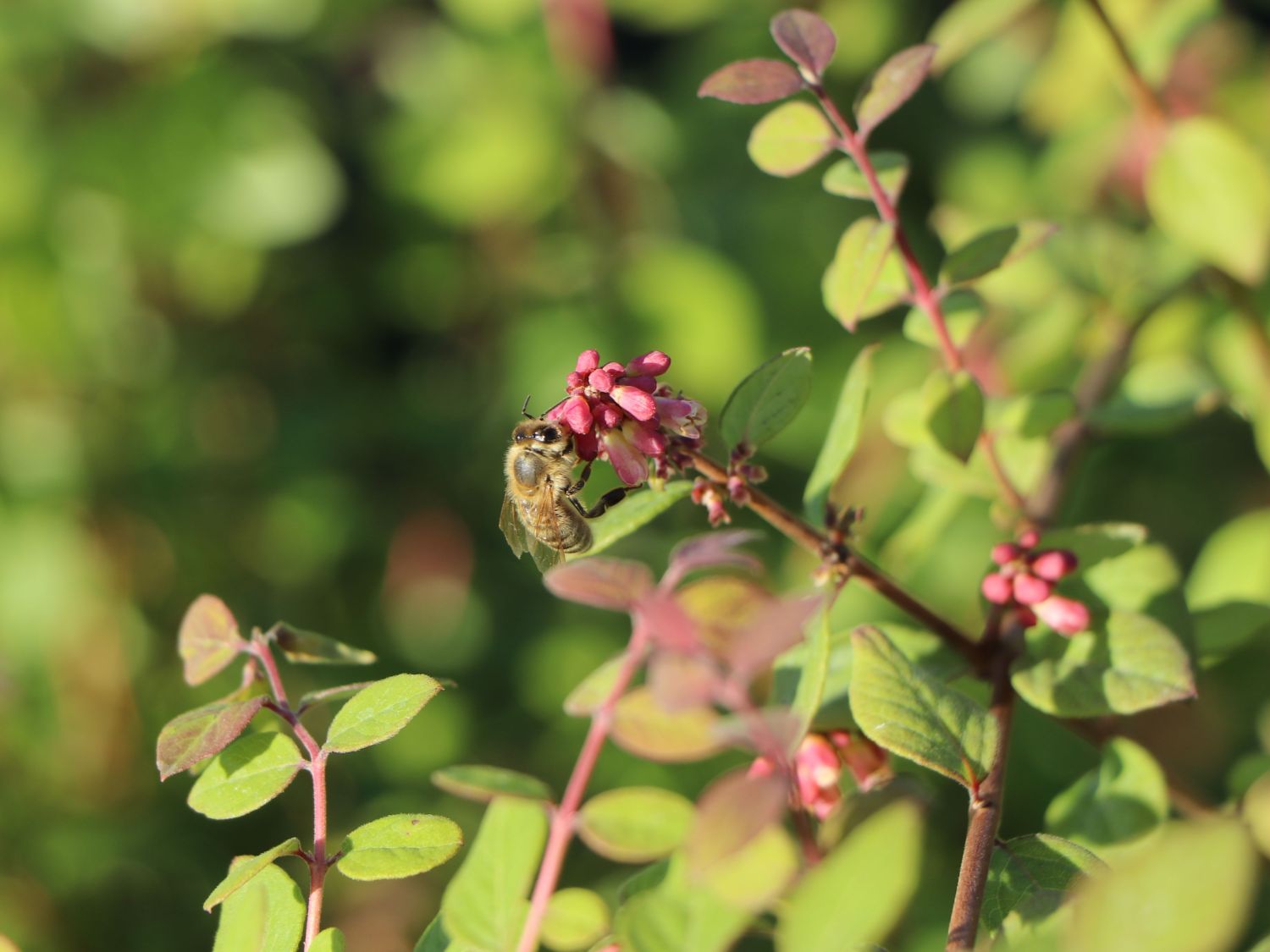
Niedrige Purpurbeere 'Hancock' Symphoricarpos chenaultii 'Hancock' Baumschule Horstmann
Symphoricarpos x chenaultii 'Hancock'. Common Name: Hancock Chenault Coralberry Height: 2' tall Spread: 8' wide Type: Deciduous Zone: 4 - 7 Plant Catalog, S. October 31, 2014. Jodi. Comments are closed. Tweet this article; Written by Jodi. View all posts by: Jodi.

SYMPHORICARPOS x chenaultii 'Hancock' Symphorine pépinières Lepage Bretagne Bord de mer
Product Description. SYMPHORICARPOS x chenaultii 'Hancock' - Prostrate Chenault Coralberry. SYMPHORICARPOS x chenaultii 'Hancock' - Low spreading plant excellent for groundcover, bank retention or low shrub border. Clusters of rose pink berries in fall. Sun or shade. Height: 2′ Spread: Groundcover Zone: 4.
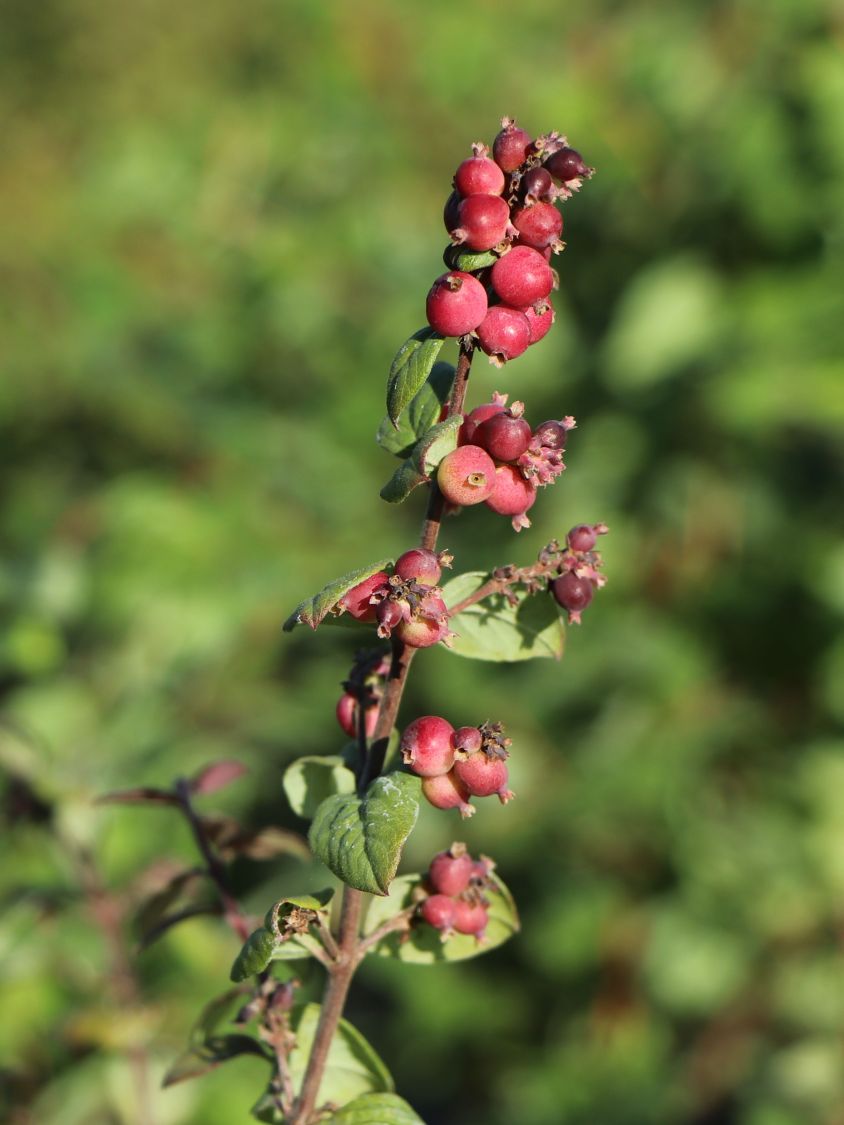
Niedrige Purpurbeere 'Hancock' Symphoricarpos chenaultii 'Hancock' Baumschule Horstmann
Hancock Coralberry will grow to be about 24 inches tall at maturity, with a spread of 8 feet. It tends to fill out right to the ground and therefore doesn't necessarily require facer plants in front. It grows at a medium rate, and under ideal conditions can be expected to live for approximately 20 years.

GardenersDream Symphoricarpos Chenaultii Hancock 6090cm (23Ft) Bare Root Coralberry Hedges
Potentially harmful. Harmful if eaten. Wear gloves and other protective equipment when handling. Genus. Symphoricarpos are twiggy deciduous shrubs, sometimes suckering, with small, simple leaves and tiny bell-shaped pink or white flowers, followed by juicy white pink or purple berries. Name status. Accepted.

Buy Chenault Coralberry Bush (Symphoricarpos x chenault 'Hancock') FREE SHIPPING Wilson Bros
Symphoricarpos x chenaultii 'Hancock' Hancock Chenault Indiancurrant coralberry. Habit: Low growing type. Could be used as a groundcover. All information on this site is copyright protected. Please see our copyright statement. ©2023 : Gary J. Kling, University of Illinois at Urbana-Champaign :